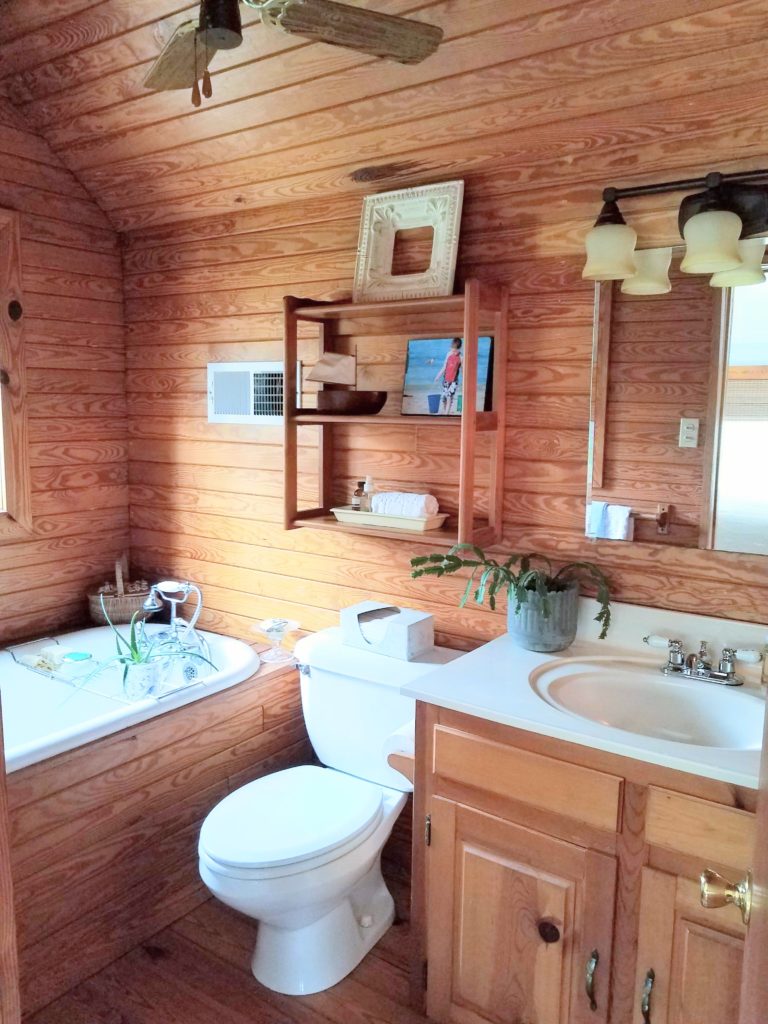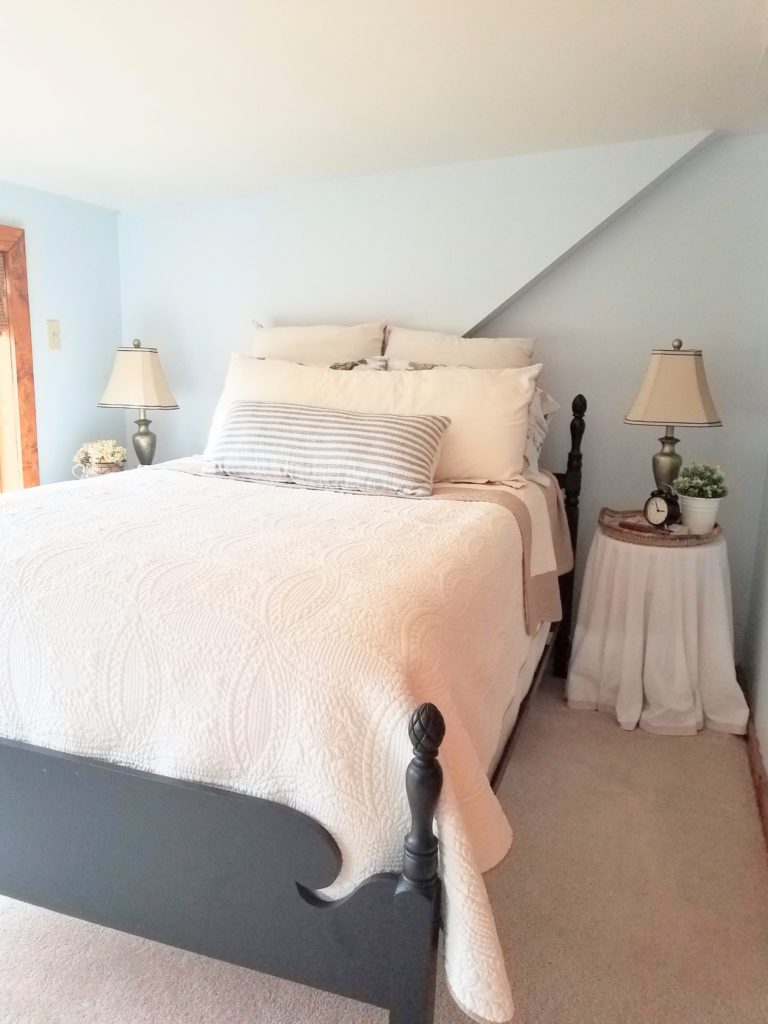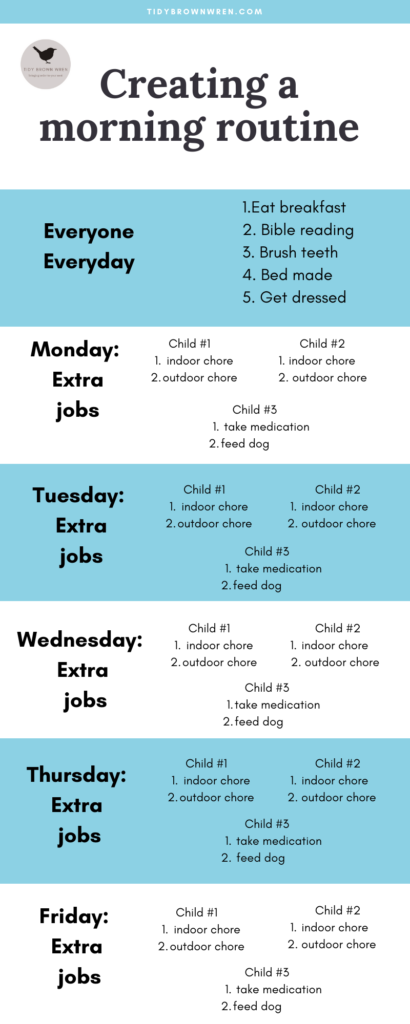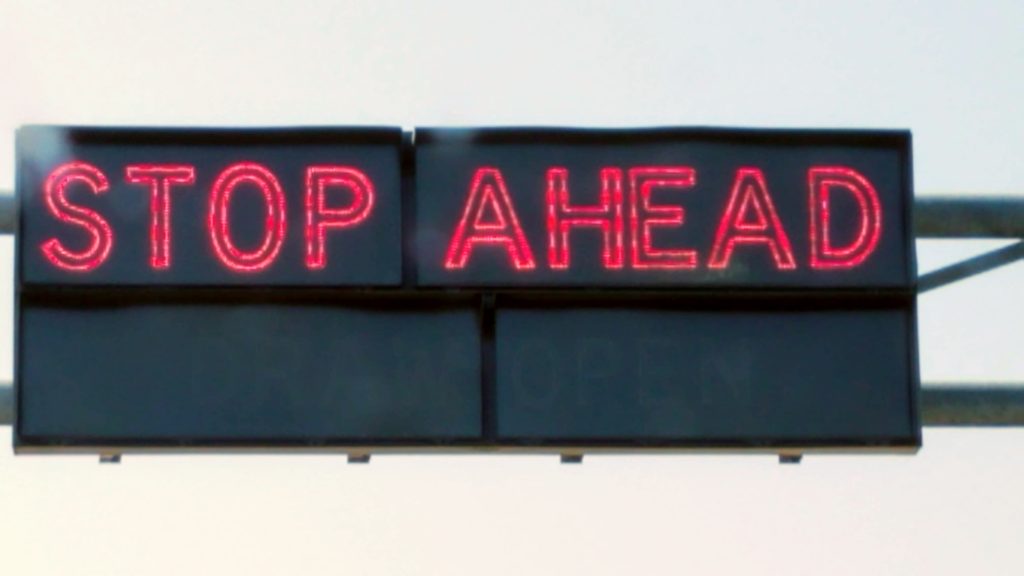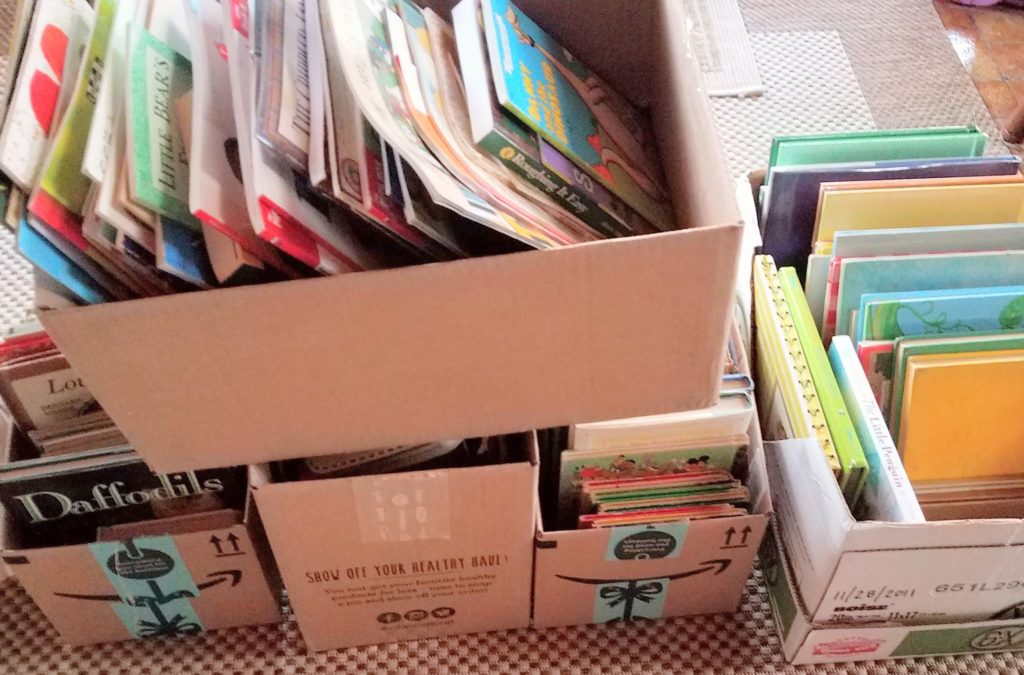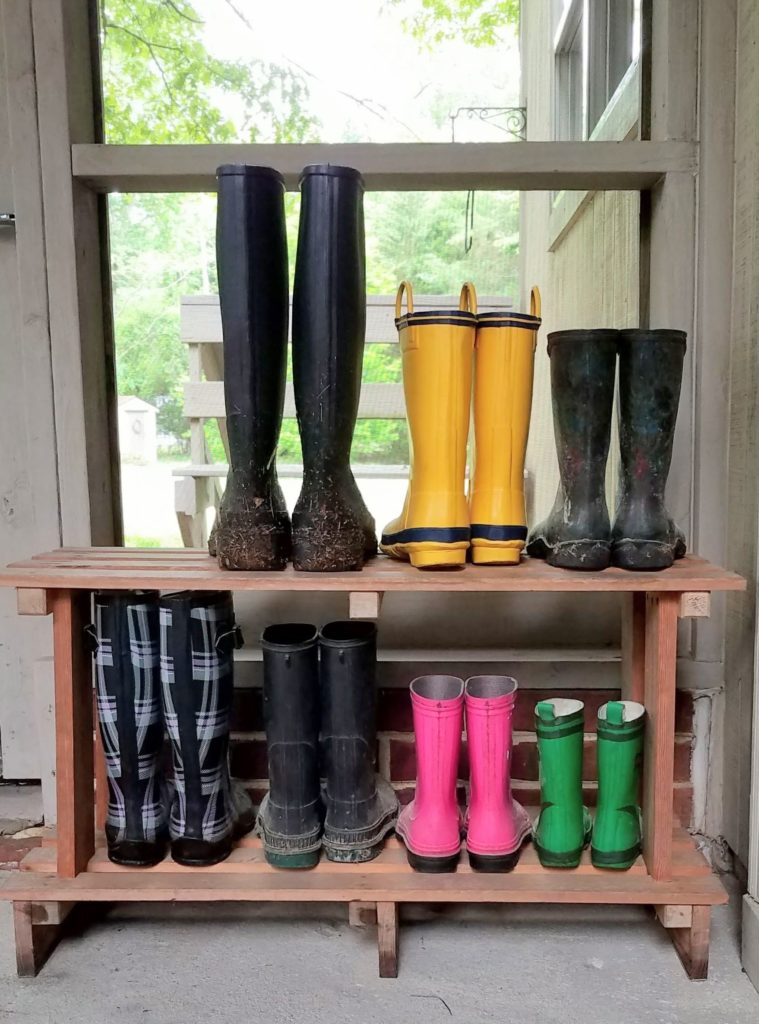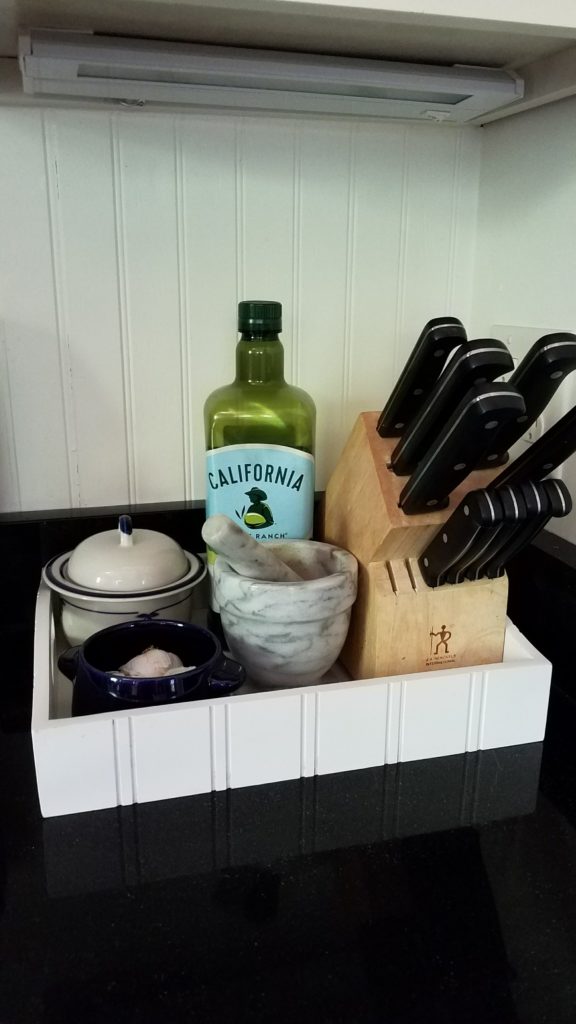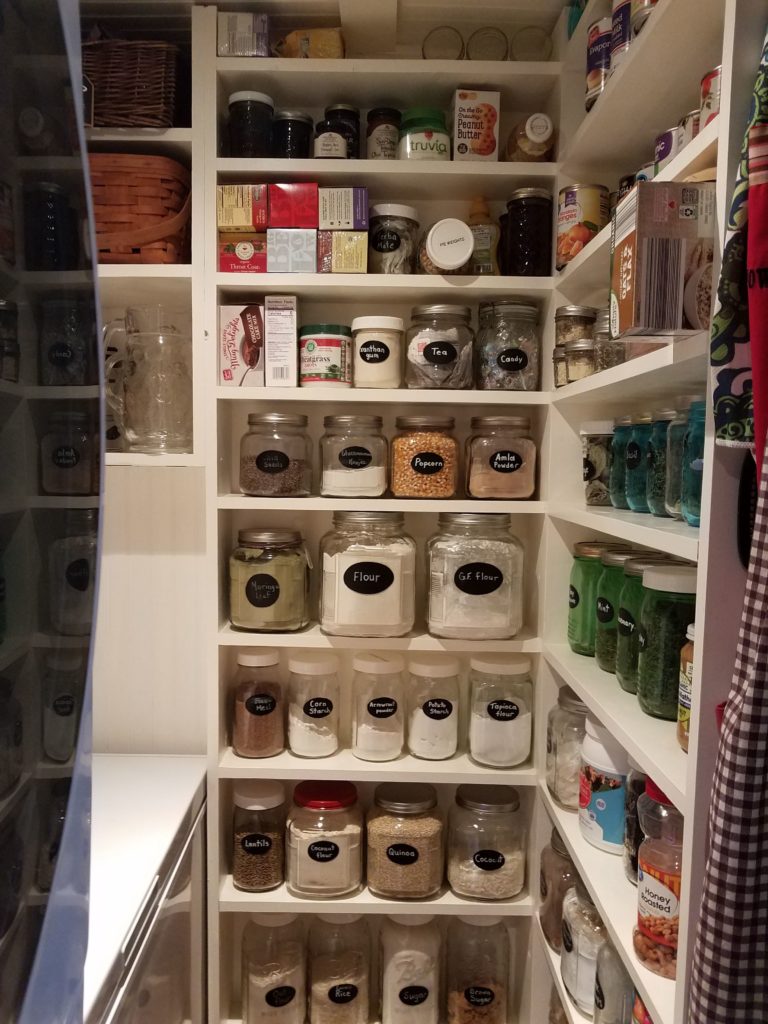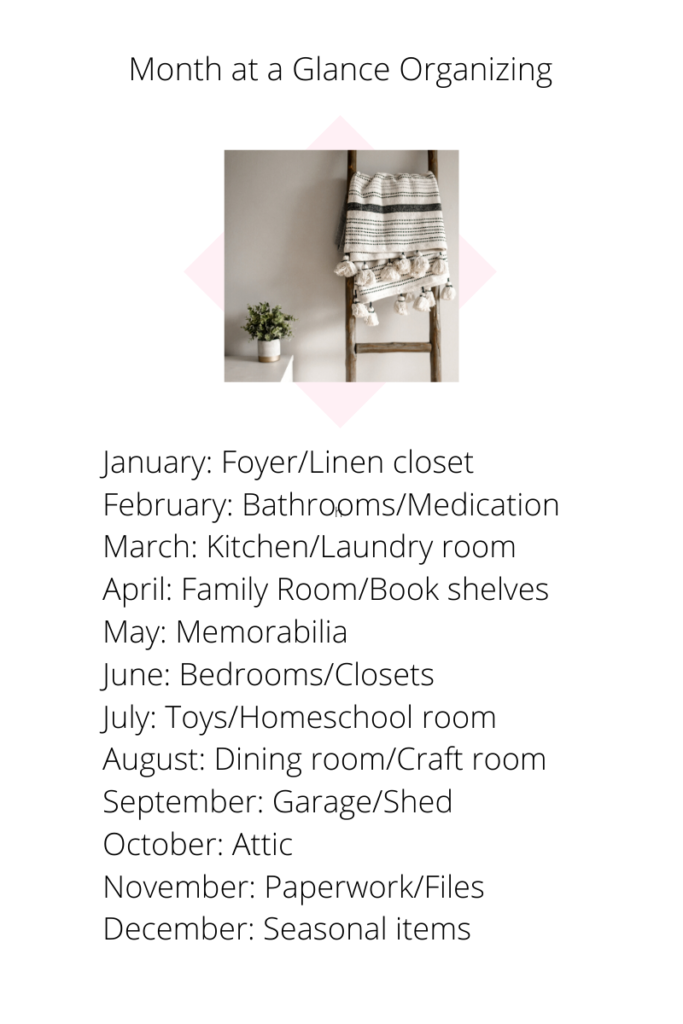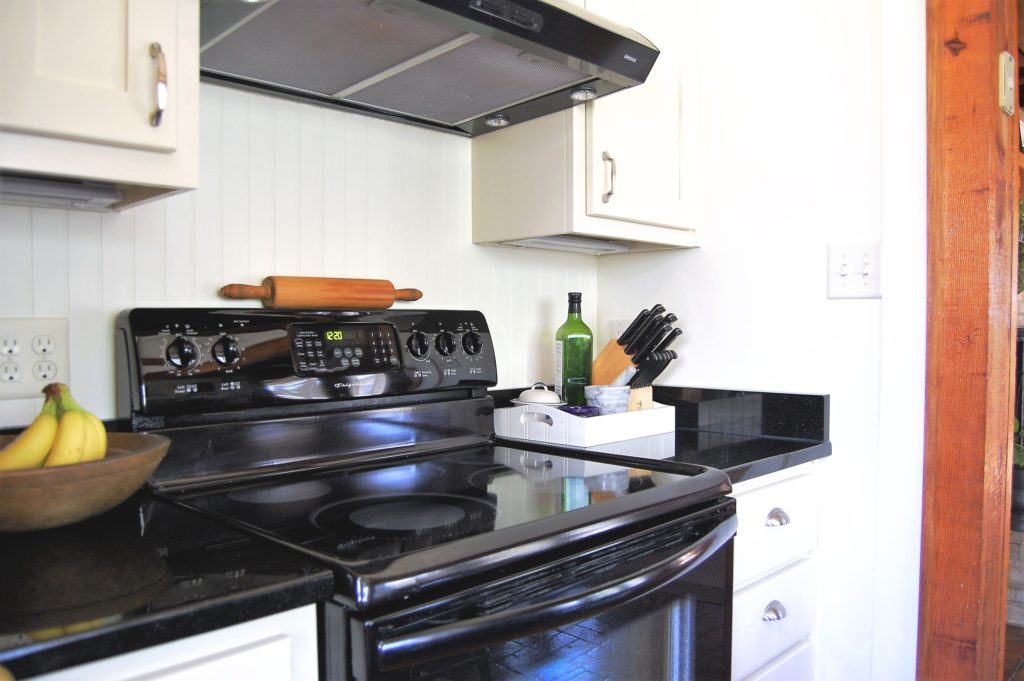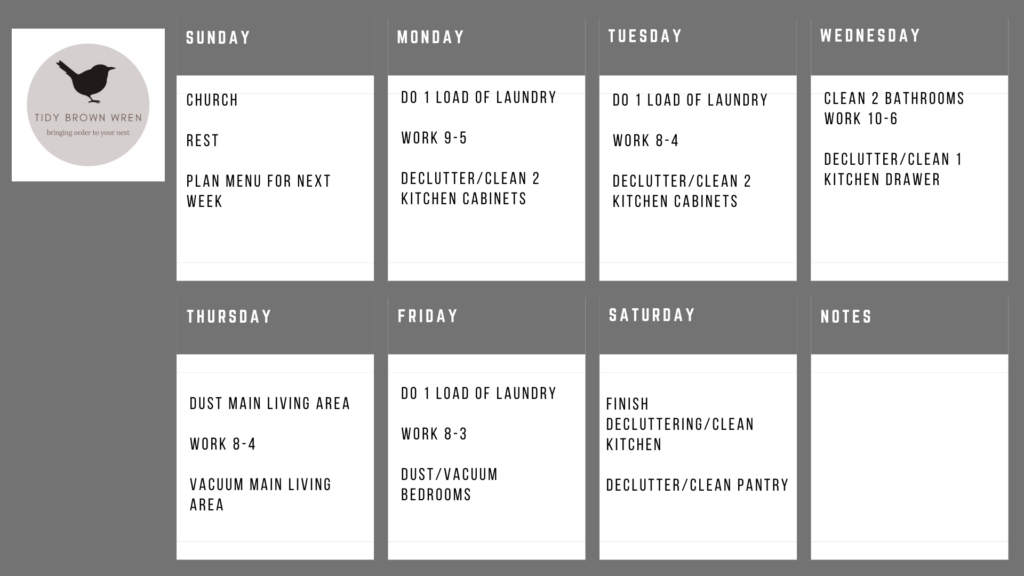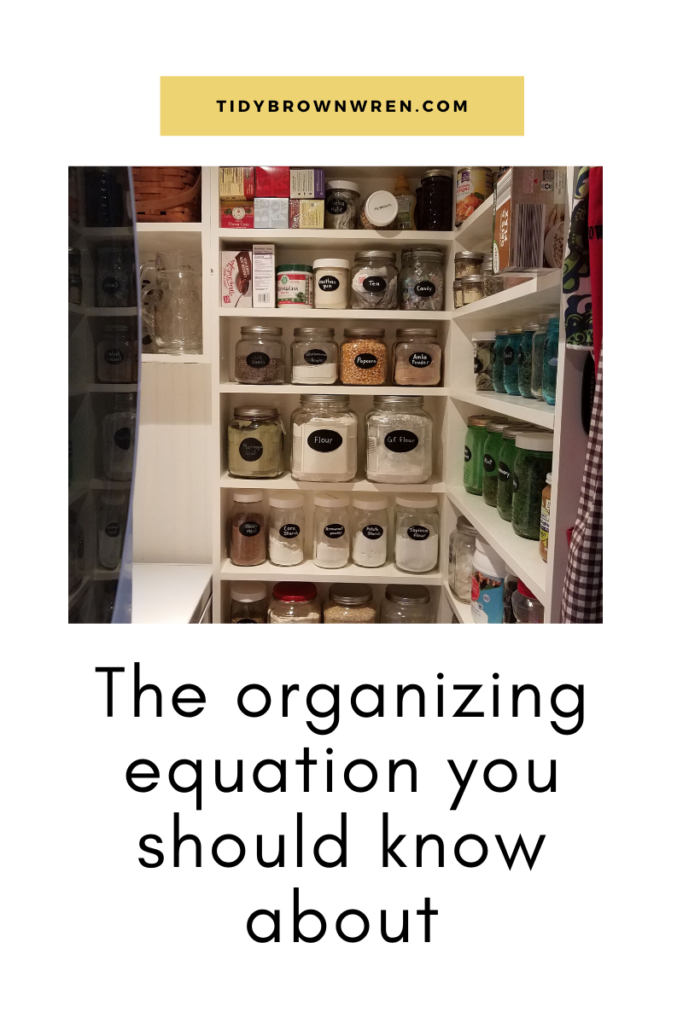Please see my disclosure policy here: https://tidybrownwren.com/disclosure-policy/
Are you overwhelmed by the piles of paperwork that surround you? Does it seem to be everywhere you look? Many of the clients I work with are embarrassed and frustrated by the amount of paperwork in their homes. It tends to pile up quickly and comes into your home almost daily, especially if you have children and even more so if you don’t have a system or routine for handling it. Want to know how to get out from under the piles?
Set up a system for incoming and outgoing mail and paperwork.
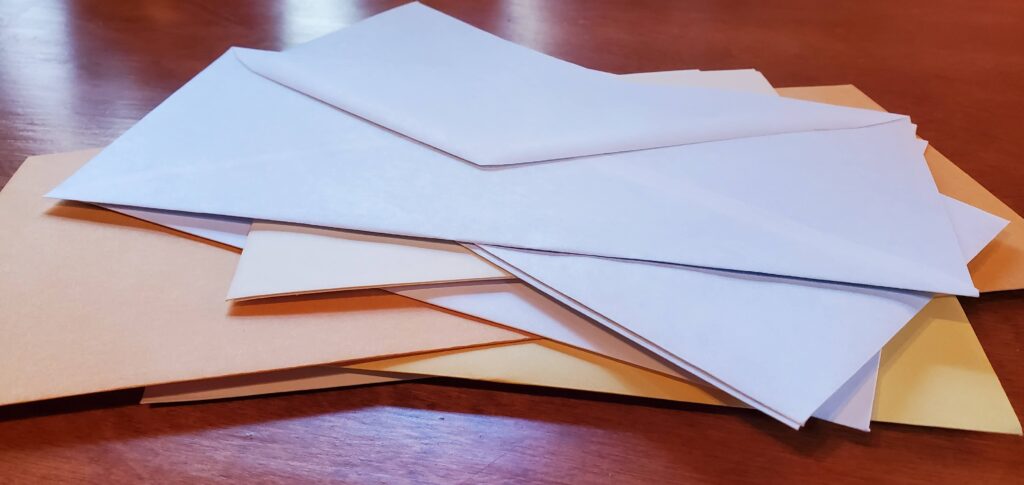
Did I just overwhelm you with the word, “System”? Sorry about that. Let’s break it down into manageable bits now.
1. Look at your current routine.
You might not feel like you have a paper routine at the moment, but you do. Whatever you do routinely with incoming paper is your routine. It might be good or not so good. If you lose mail and paperwork, if you are late paying bills, or if your family misses out on opportunities because the paperwork wasn’t processed, then your routine is not so good. But there is always hope for tomorrow and you can set up a system rather easily and without spending much money (you might already have everything you need).
First, here’s what to look for in your routine. . .
a. Do all of your papers and mail gather in one place or do they end up everywhere?
b. Can this collection be handled in 5 minutes or is there a substantial amount that will take longer?
c. What is your routine once you have looked at each individual item? Do you have a place to put it until you can process it or do you put it somewhere so you don’t have to see it?
d. Does each family member know what to do with the papers they bring in the house or does everyone do their own thing?
e. For online bill paying, how do you keep track of what has been paid and what is pending?
Now that you have looked at what happens to the paperwork when it enters your home, it’s time to take care of it.
2. Clear off a big space to work
You can use the dining room table, a large island countertop, or even a cleared floor. Don’t pick a place you need to use in the next few hours because you’ll be setting up a potential disaster instead of a helpful system. If you tend to get sidetracked easily, I recommend that you phone a friend who can come over and help you stay on track.
3. Gather all of the paperwork you can find.
Look in everything (car, bags, backpacks, drawers, and baskets sitting around). Look on every horizontal surface (counters, tables, sofas, top of fridge, and coffee tables). Look under big items (sofas, piles of books, boxes, bags, and piles of clothing). Don’t pull paperwork out of file drawers or archived papers. You’ll do that another day.
Bring all of the paperwork you found to your big working space. Have a trashcan, a recycling bin, and a shredder (or box for future shredding) nearby. If you have a file box and file folders, bring them out. I prefer a standing file box and hanging folders but use whatever you have. I’ve even successfully used binders with pocket dividers.
Here’s what I recommend for a simple file box: https://amzn.to/3tHKzo9
Here’s what I recommend for simple hanging file folders: https://amzn.to/48FG0cA
3. Now, sort everything.
Go to your work surface and pick up each paper item only once. Open it up and decide immediately if it goes in the trash/recycling or if it is a keeper. If it is a keeper, put it in a labeled file with other items that are like it. Here are some folders you might need:
a. Bills to be paid
b. Take action (an invite to respond to, a gift certificate to use, a card to send)
c. School and/or medical file for each child or person in the home
d. Receipts or home paperwork to keep (like appliance warranty)
e. Keepsakes
f. Any other file you can think of that will make your life easier – but try not to micromanage files (eg: don’t do one for each class for your child)
Touch each paper only once and put it where it belongs. If you are unsure about something or have to get someone else’s input on an item, put it in a “check it out later” pile. Don’t reminisce about anything. If it is sentimental, put it in the keepsake file and you will look at it later. Today’s project is only about successfully handling the overwhelming of paperwork in your home so that you can begin to have a more successful and simplified 2024.
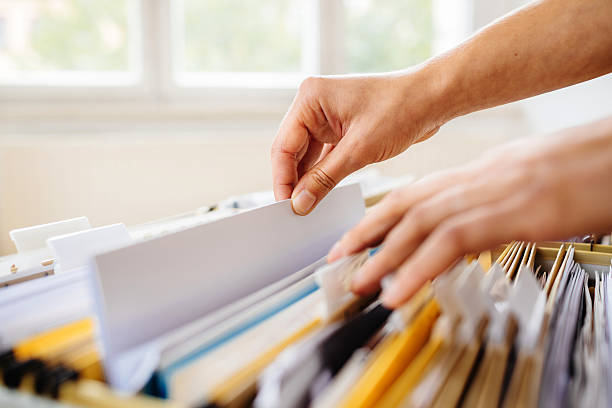
4. Maintain your system.
Now that every paper you found has a home (filed or trashed) then you can compliment yourself on a job well done in creating a system for incoming paper in your home. But this is only the start. Maintaining your simple system will help you to not be overwhelmed again by paperwork. Here are some things that will help.
a. Have a central spot for all incoming papers (mail, school work, medical forms, receipts). Train everyone in the home to empty their bags when they arrive home so nothing gets forgotten about. It will take a few weeks to train yourself and everyone else, but it will be worth it. Your paper file box should be in a convenient spot so that you can use it. If it is hidden away, you will forget about it.
b. Take care of processing paperwork regularly. It can be once a day (my preference), once a week, or whatever time you decide. The more often you tackle this simple task, the less time it takes and the better/faster you get at it.
Also, do yourself a favor and toss/recycle envelopes or inserts that are not needed. Envelopes take up a lot of filing space and often get in the way of the information you need. I personally open my mail as soon as it comes in the house, toss what isn’t needed, and set out anything Hubs needs to see at our spot in the kitchen that is for paperwork.
c. Check your “Action” file daily or at the very least, weekly so nothing gets forgotten or delayed. Prompt responses make your life so much easier!
d. Pick a date to handle the other files regularly. For instance, at the end of every semester, handle school papers and purge any that are no longer needed. Keepsake papers/photos can be moved to their appropriate locations to make space in the file. This mini file storage is only meant to handle temporary papers and give you a place to keep papers as you manage your day-to-day life.
e. If most of your bill paying is online, set up a chart, list, or calendar where you can see the actions for each bill. You will usually get an email about your bill, but on the rare occasion there is a glitch, it it good to have a checklist for your recurring bills. It can be any type of checklist that works for you. The simpler the better. We use a spreadsheet and it gives us peace of mind to be able to visually see what has been paid and what is pending.
One time years ago, before bills were paid online, we got a knock on our door from the city public utilities department. The nice gentleman was there to shut off our water. Having just gotten home with our newborn, I had a total meltdown. Thankfully, Hubs was there and grabbed our file of paid public utility bills. There wasn’t one for the past payment period accounted for. The service worker made a phone call and checked our billing address. Unbeknownst to us, our bill had been sent to someone in California. If we had been keeping track of our bills on a spreadsheet, we would have noticed that we hadn’t gotten a bill from them and could have inquired about it before the proposed shut-off. Thankfully, we were able to write a check immediately and keep our water on. Since that day, we have kept track of everything we pay regularly.
Let me know if you get stuck and need some advice, or maybe just some encouragement to get you going. I’m here for you! 

